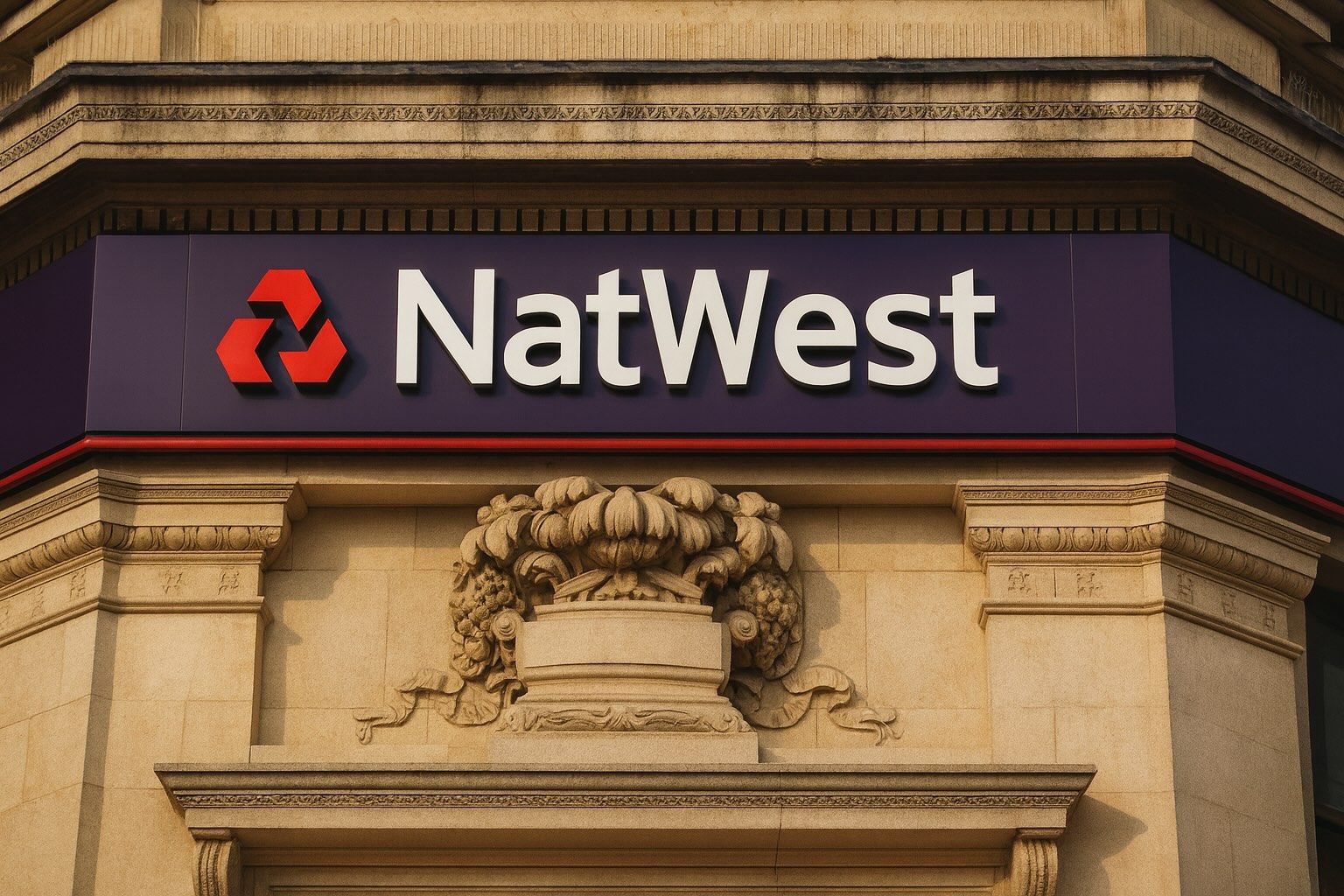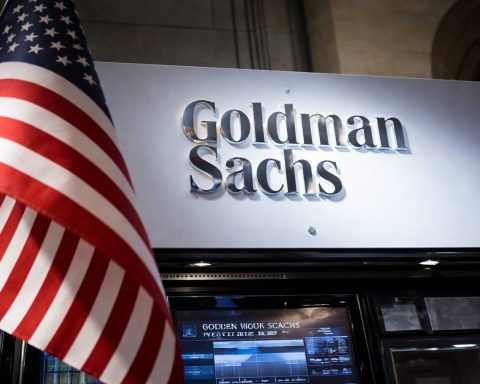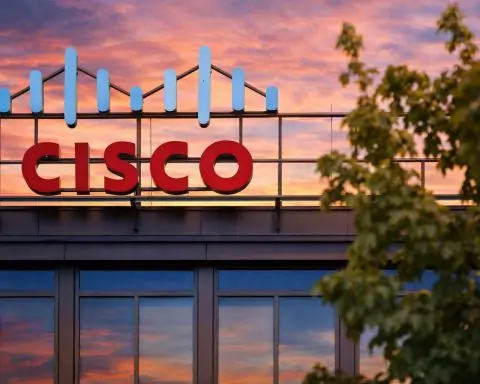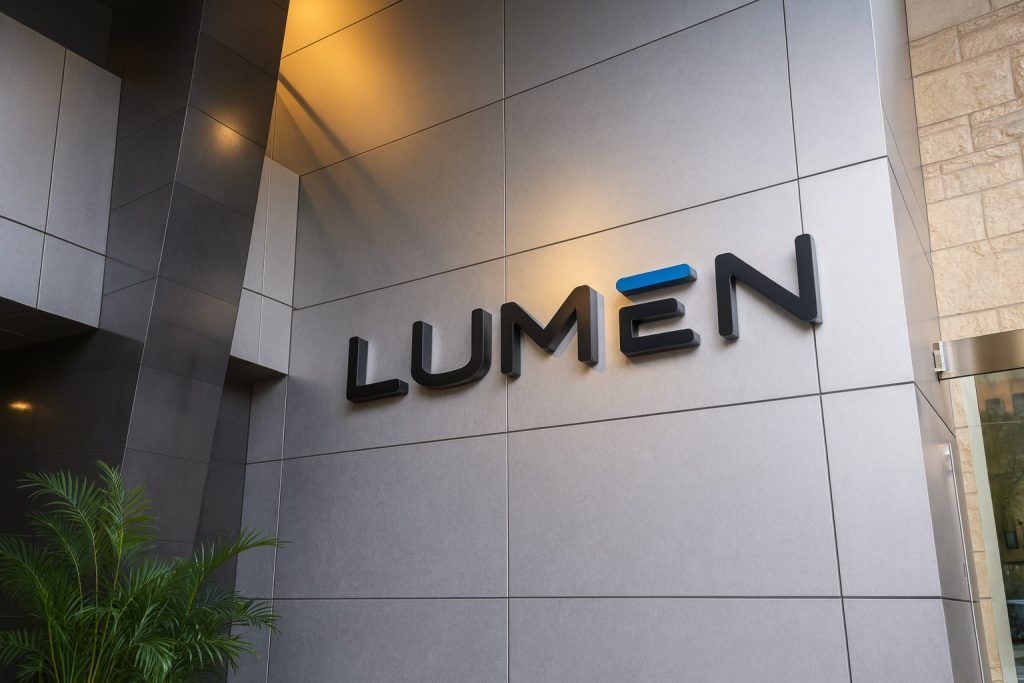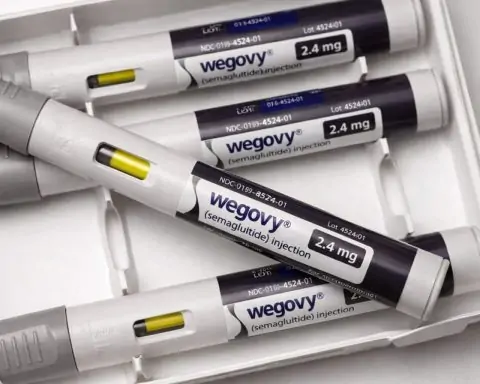- Big profit beat: NatWest’s Q3 pretax profit surged ~30% YoY to £2.2bn [1] [2] (vs. £1.7bn a year ago), well above forecasts, as total income jumped ~16%.
- Upgraded targets: The bank raised its 2025 outlook – now targeting ~£16.3bn in income (vs. previous £16.0bn) and a return-on-tangible-equity above 18% [3] [4], reflecting confidence in continued growth.
- Shares at multi-year highs: NatWest shares jumped about 4% on Oct 24 to roughly 570p (intraday) [5], their highest level since 2008 [6]. The stock has already rallied strongly this year on the back of consistent earnings.
- Analysts bullish: The consensus 12-month price target is ~606–613p (implying ~12–16% upside) [7] [8]. Hargreaves Lansdown notes NatWest “beat expectations” with net interest margins holding up [9]. Interactive Investor’s Richard Hunter praised the results as “a sparkling set of numbers by any standards” [10].
- Efficiency gains: The bank cut costs and streamlined operations (about 600 job cuts announced this year [11]), helping to improve its cost-to-income ratio. CEO Paul Thwaite said the quarter was “another strong performance… underpinned by healthy levels of customer activity” [12].
Context and Details: NatWest Group (formerly RBS) reported that strong loan growth and fee income powered its Q3 results. Total income excluding one-offs hit ~£4.2bn [13] (+15.7% YoY) as mortgage and corporate lending expanded. Customer loans (ex-central-bank) grew by £4.4bn in the quarter [14], and assets under management rose ~8%, bolstered by market gains. Notably, NatWest largely avoided the hefty mis-selling charges that burdened some rivals [15], allowing it to keep expenses lower. As a result, net profits jumped over 35% to £1.68bn [16]. These numbers led NatWest to lift its 2025 guidance: income is now expected around £16.3bn and RoTE above 18% [17], up from prior targets of £16.0bn and 16.5%. This puts NatWest’s targets among the most aggressive in Europe [18].
On Friday’s trading, the market cheered the news. NatWest shares briefly traded above 580p (up ~4%) before settling near 561p by close [19]. That range is the highest since the post-financial-crisis era – analysts noted it was “near a 17-year high” [20]. (By comparison, the FTSE 100 was relatively flat on the day.) Over the past year the stock has more than doubled, reflecting the bank’s turnaround.
Expert Commentary: Market analysts reacted positively. Matt Britzman of Hargreaves Lansdown said NatWest “delivered a strong set of results, comfortably beating expectations” and has enough confidence to nudge full-year guidance higher [21]. Similarly, the Scotsman quotes Britzman observing NatWest is “proving the doubters wrong” with revenue up, costs down and loan impairments below forecasts [22]. Richard Hunter of Interactive Investor commented that these results are a “sparkling set of numbers by any standards” [23], highlighting broad strength across the bank. Even CEO Paul Thwaite took a victory lap, noting that continued lending growth and stable deposits were driving momentum [24] (Thwaite said the quarter was “underpinned by healthy levels of customer activity” [25]).
Forecast & Outlook: Analysts remain upbeat. The average 12-month price target is in the low-600p range [26] [27], giving a comfortable buffer above current levels. NatWest trades on a modest P/E (around 8–9×) with a dividend yield near 4%, factors that support further upside. The bank’s management has also committed capital return measures (it announced a £750m share buyback in July), which should underpin earnings per share. However, investors will watch UK fiscal policy: there is speculation that the upcoming UK budget could include a “windfall” or bank tax to help finance government borrowing [28], which could add a one-time headwind for sector profits.
Meanwhile, NatWest is also pushing ahead on technology. For example, TS2.tech reports that NatWest appointed a Chief AI Officer in June 2025 to “build differentiating AI capabilities” across the bank [29]. This move – part of a broader industry trend – suggests NatWest plans to leverage machine learning for everything from customer service to risk management.
Bottom Line: NatWest’s third-quarter blowout results have propelled its share price and underlined the success of its turnaround strategy. The combination of robust loan demand, disciplined cost control, and raised guidance has generated strong momentum. Unless broader market or regulatory conditions change sharply, most analysts believe the bank’s rally can continue, at least in the near term [30] [31]. As one commentator put it, UK-focused banks like NatWest “are quietly performing better than many give them credit for” [32] – a trend that seems set to benefit shareholders.
Sources: NatWest’s results and guidance (company announcements and reports); major financial news agencies (Reuters, Alliance News/London South East, The Independent, The Scotsman); Hargreaves Lansdown research and analyst commentary; market data (share prices and consensus forecasts); and TS2.tech reporting on banking innovation [33] [34] [35] [36] [37] [38]. (All figures and quotes cited are as reported on 24 Oct 2025.)
References
1. www.lse.co.uk, 2. www.independent.co.uk, 3. www.lse.co.uk, 4. www.reuters.com, 5. www.lse.co.uk, 6. www.reuters.com, 7. www.marketbeat.com, 8. www.tipranks.com, 9. www.lse.co.uk, 10. www.scotsman.com, 11. www.independent.co.uk, 12. www.independent.co.uk, 13. www.lse.co.uk, 14. www.lse.co.uk, 15. www.reuters.com, 16. www.lse.co.uk, 17. www.lse.co.uk, 18. www.reuters.com, 19. www.lse.co.uk, 20. www.reuters.com, 21. www.lse.co.uk, 22. www.scotsman.com, 23. www.scotsman.com, 24. www.lse.co.uk, 25. www.independent.co.uk, 26. www.marketbeat.com, 27. www.tipranks.com, 28. www.reuters.com, 29. ts2.tech, 30. www.marketbeat.com, 31. www.tipranks.com, 32. www.scotsman.com, 33. www.lse.co.uk, 34. www.lse.co.uk, 35. www.independent.co.uk, 36. www.scotsman.com, 37. ts2.tech, 38. www.marketbeat.com
